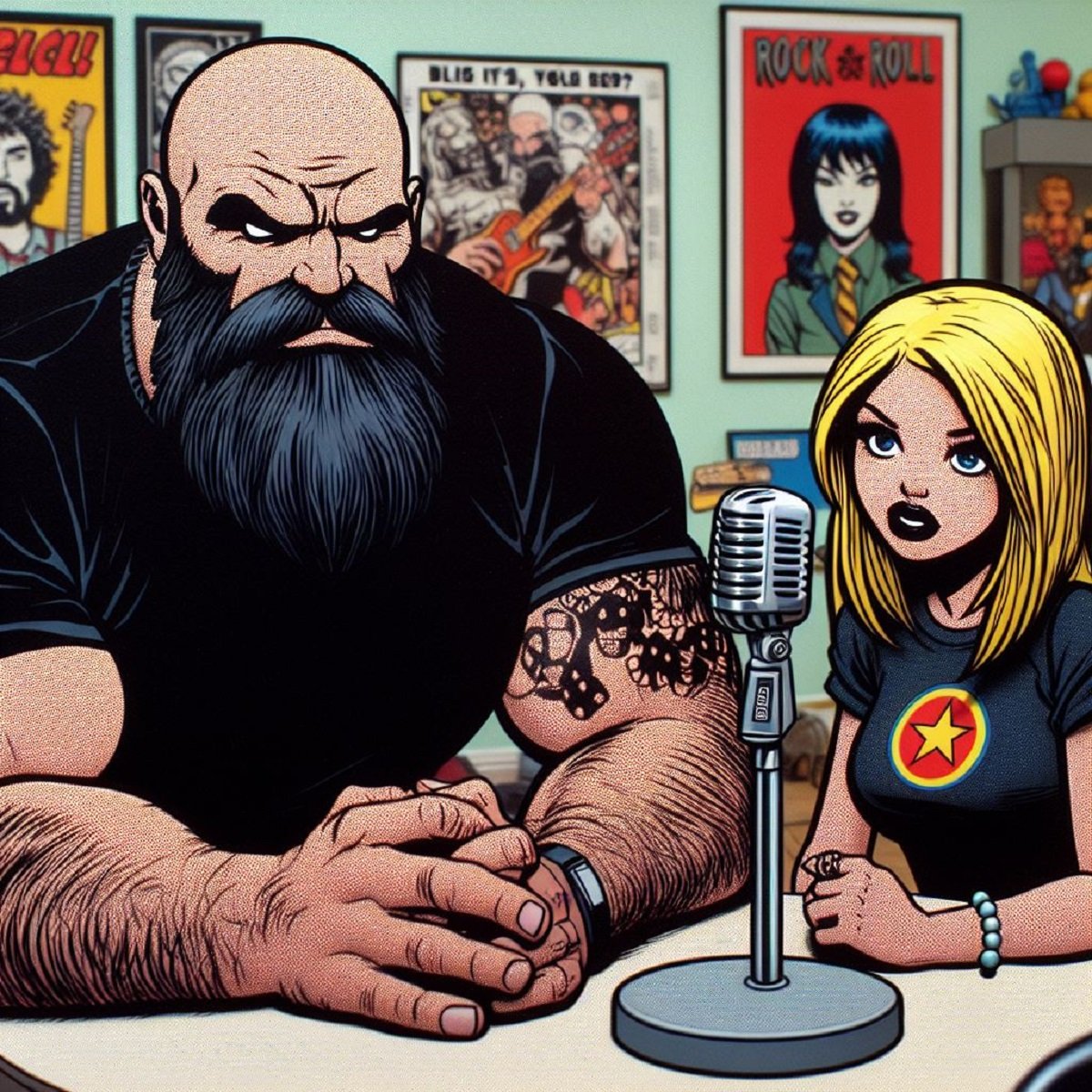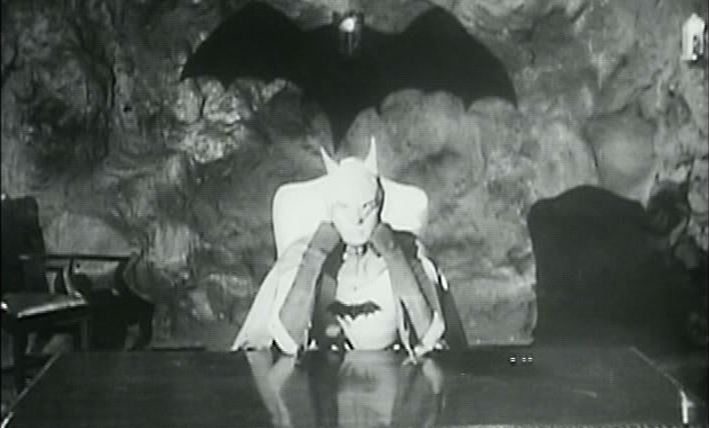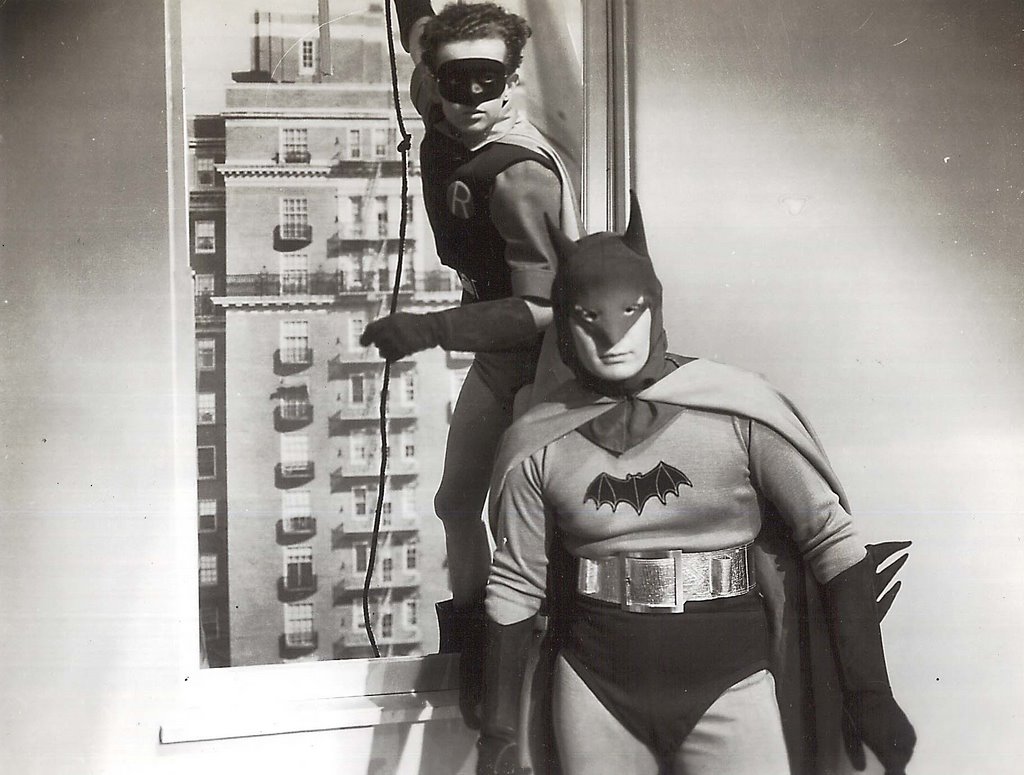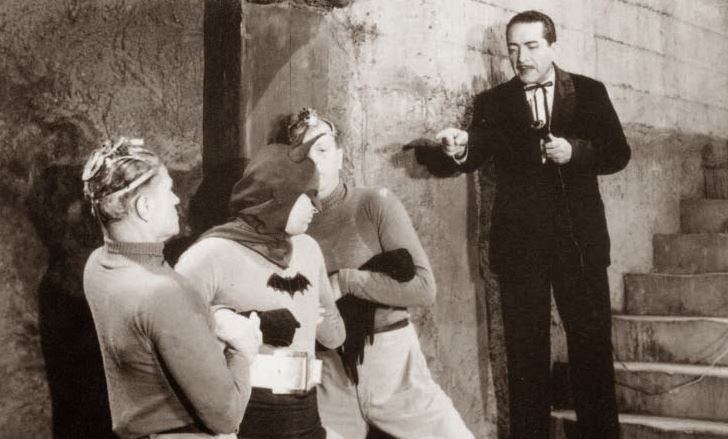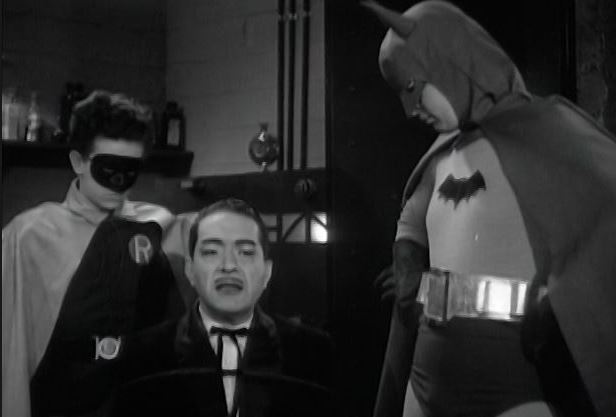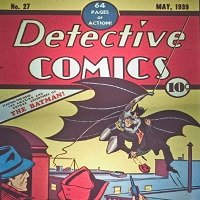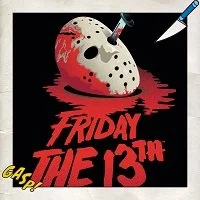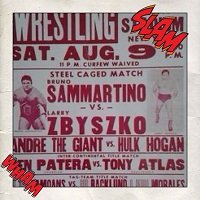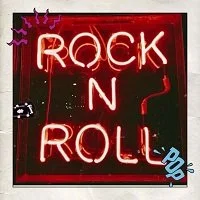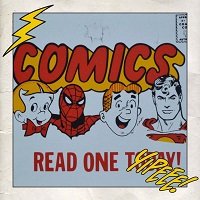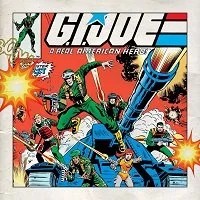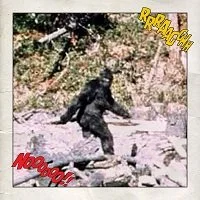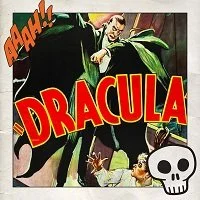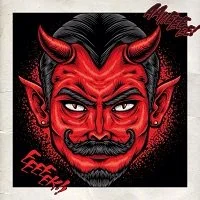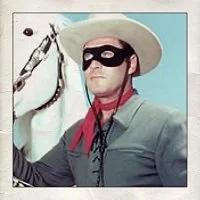The Batman - A Columbia Movie Serial From 1943 Review
By: Karl Stern (@dragonkingkarl, @wiwcool, karl@whenitwascool.com)
Please donate to help keep our website open. Thank you! Any amount helps!
Well... you win some and you lose some. Our last 1940s era serial review, Adventures of Captain Marvel, was a pleasant, easy to watch, and sometimes thrilling serialized film feature but unfortunately The Batman from 1943 was not pleasant (unless you are into propagandized racism), nor easy to watch, and seldom thrilling.
The Batman was a 1943 15-chapter theatrical serial from Columbia Pictures, produced by Rudolph C. Flothow, directed by Lambert Hillyer, with Lewis Wilson as Batman and Douglas Croft as Robin.
The villain of the series is an original character named Dr. Daka, a secret agent of the Japanese Imperial government, played by J. Carrol Naish (an Irish-American playing an extremely racist stereotypical Japanese villain). The film also featured Shirley Patterson as Linda Page, Bruce Wayne's love interest, and William Austin as Alfred, the Wayne Manor butler.
This features the Batman as a secret U. S. government agent, attempting to defeat Japanese agent Dr. Daka who is operating in Gotham City at the height of World War II. Serving Daka are his traitorous American henchmen, some of which are serving him against their will while others are doing so in order to serve their own greedy ambitions.
All things considered, the first Batman costume on film is not horrible, though the actor cast in the role is questionable and the actor cast as Robin is wrong in every way. The costume actually took several steps backward by the time we get to the 1949 sequel Batman & Robin.
The Batman is the first appearance on film of the Batman character and some of the story details became permanent parts of the Batman mythos such as the Bat's Cave and the secret entrance through a grandfather clock inside Wayne Manor which would become iconic in the later 1960s Batman TV series.
The Batman also changed Alfred Pennyworth's physical appearance. Alfred, up to this point, was portrayed as a portly rotund man in the comics but after the serial the character was portrayed as trim and sporting a thin mustache.
The serial was commercially successful and in 1949 spawned another Columbia serial, Batman and Robin (which we will be reviewing soon). The entire first Batman serial was re-released theatrically in 1965 as An Evening with Batman and Robin, and proved very popular. (Some theaters showed the chapters as a Saturday matinee.) Its success inspired the action-comedy TV series Batman (and its 1966 theatrical feature film spin-off) starring Adam West and Burt Ward.
Robin was portrayed in the serial as being much older than the the Robin in the comics and his kinky hair also detracted from his look. Also, neither Batman nor Robin were portrayed as having much ability to fight. In the serial, they lost more fights than they won and were never shown to be physically superior to any of the henchmen. Batman was, however, portrayed as being scientific minded which is an original element of Batman that has been somewhat lost over the years.
The Dr. Daka character was so over the top racist and much racist language was used throughout the film making it hard to watch by today's standards. Daka also outsmarted Batman at virtually every turn but Daka's henchmen repeatedly failed to kill the Batman despite nearly every one of the 15 episodes showing Batman apparently dying at the end.
The Dick Grayson/Robin character was terribly cast and detracted from the whole movie. Bruce Wayne/Batman was slightly better but still a little silly for the role. Neither showed any real athletic ability during the entire 15 chapters.
Of course, Batman and Robin capture Dr. Daka in the end but the film itself lacked any of the charm that the Adventures of Captain Marvel by Republic Films had. All in all, this was a dud of a series that also ran very long at 15 chapters instead of 12.
Be sure to listen to our When It Was Cool audio podcast review of The Batman serial on our Patreon page by clicking here- The Batman (1943) Podcast Review.
If you found this article interesting consider becoming a Patreon supporter. That is how When It Was Cool keeps our website and podcasts online, plus you get lots of bonus content including extra and extended podcasts, articles, digital comics, ebooks, and much more. Check out our Patreon Page to see what's up!
If you don't want to use Patreon but still want to support When It Was Cool then how about a one time $5 PayPal donation? Thank you!
